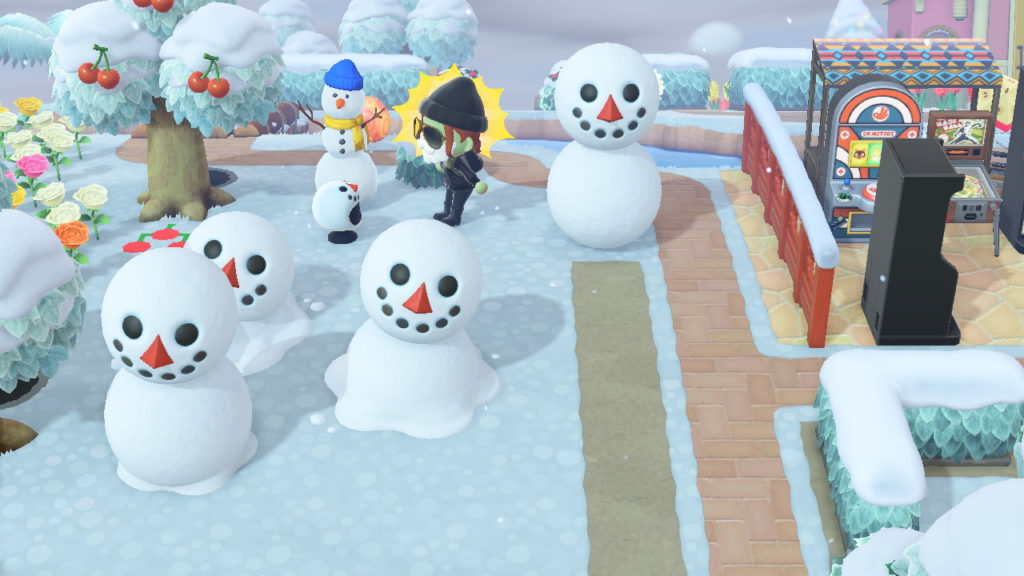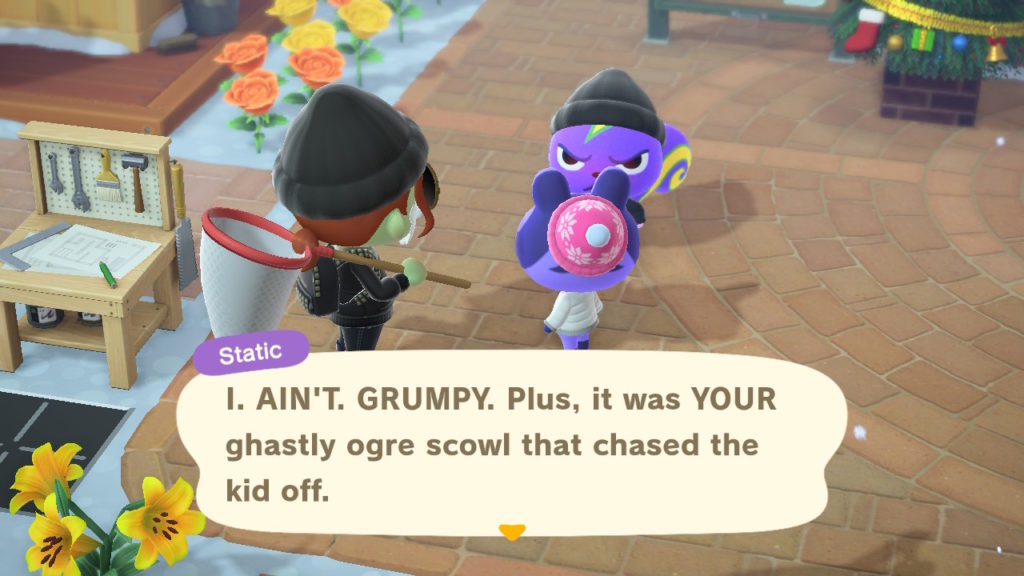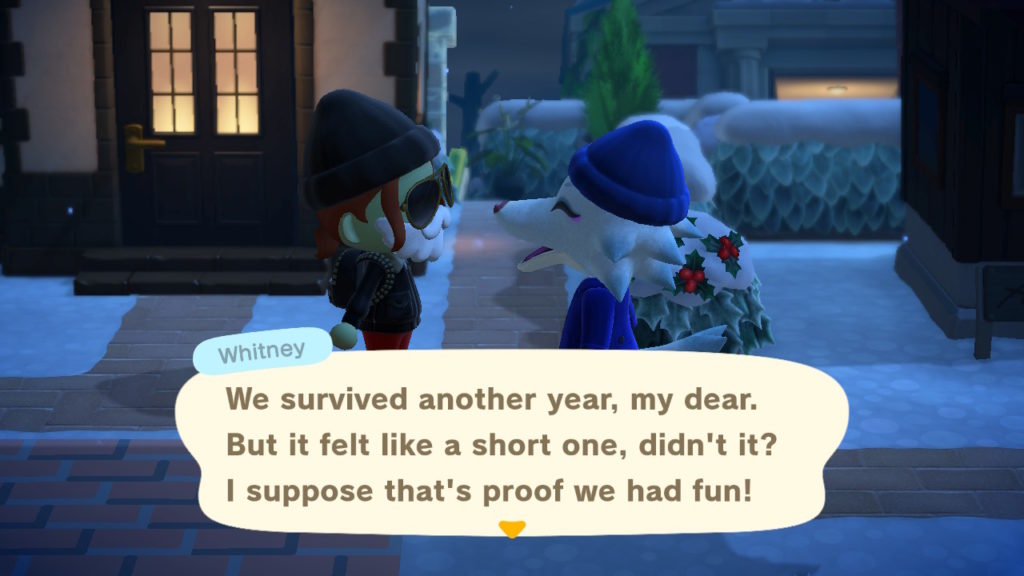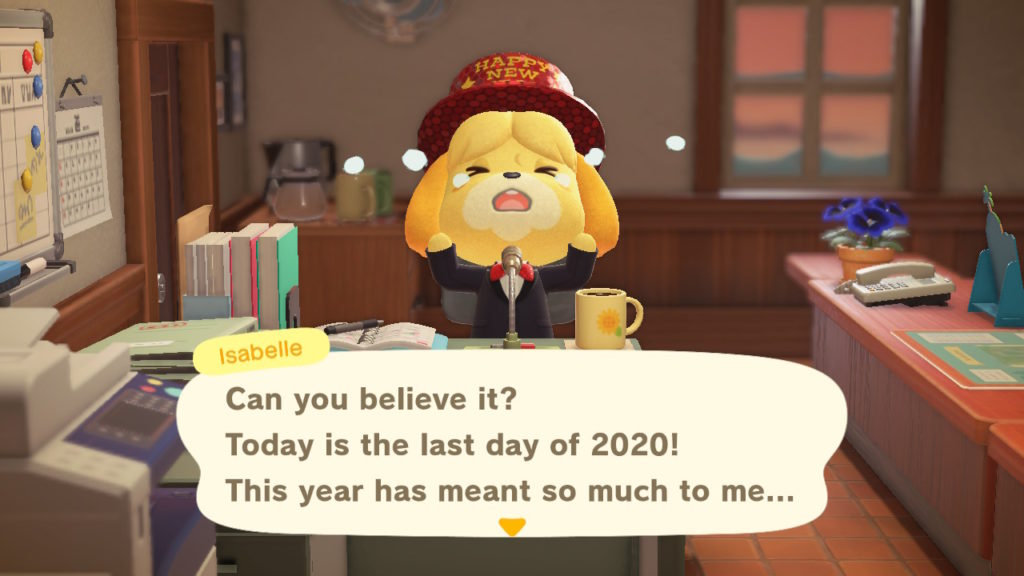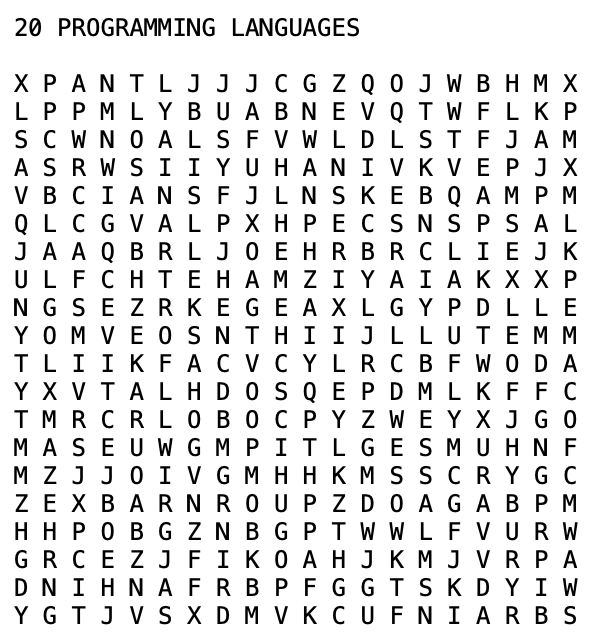- Histoires de, by Mylène Farmer: A "best of", 1 disc of live performances (the À Bercy performances were the best of her career), and 2 discs fairly deep cuts. I have all of her studio albums and some live, but if you don't this seems like a fantastic way to get almost everything. If you're not familiar, she's like if Madonna was actually good.
- A Woman a Man Walked By, by PJ Harvey & John Parish
- Once, by Nightwish
- Witches, by One-Eyed Doll
Blog
3d6 Six Times in Order
I was looking at my Gamma World 1E and GW1 Legion of Gold reprints from drivethrurpg — the first RPG I ever ran, and my one true love system, tho my old copy was destroyed by flooding decades ago — and discovered that even in 1978, the rot had set in, tho I ignored it then and now.
I speak, of course, of "more generous" systems for generating stats.
Character personae are created at the beginning of the campaign, endowed with certain basic attributes through the roll of dice. First, each player must choose to play either Pure Strain Human, humanoid, or mutated animal-type characters (the advantages and disadvantages of each of these three categories will be explained momentarily). Having selected the type of character he wishes to play, the player then rolls three six-sided dice to determine the relative strengths of each of his character's six basic attributes: mental strength, intelligence, dexterity, charisma, constitution, and physical strength. As a general rule, a roll of 3-8 for a given attribute indicates a weak trait, 9-12 is average, and 13-18 is above average. The relative strengths of certain attributes can (and most likely will) change during the course of the campaign, due to mutation, acquired experience, or some other method devised by the referee.
It is desirable that few, if any, of a player character's basic attributes be below average. Player characters represent an elite with the desire, the initiative, and the ability to venture outside the boundaries of the village, town, or tribal lands. They are the pioneers, explorers, and tamers of the vast wilderness. It is they who will eventually bring order to the chaos of GAMMA WORLD and an end to the Black Years. To increase the player's chances of rolling up an exceptional character, the referee will find it advisable to use the following method: for each basic attribute, the player rolls four dice (4d6) but totals only the highest three. If, for example, the player rolled
4, 3, 5, 1on the four dice, he would add together4+3+5=12and leave out the 1. If he rolled4, 3, 2, 2he would add4+3+2=9and leave out the second 2. While it is still possible to roll very low numbers(3, 2, 2, 1), the player's chances of rolling an average to above average character are greatly increased.
—Gamma World (1978), James M. Ward and Gary Jaquet
But just 2 years earlier in Metamorphosis Alpha, no such mercies are given:
A human player will roll 3 six-sided dice several times for the abilities he or she has at the start of the game. Each player has the following abilities: radiation resistance, mental resistance, dexterity, constitution, strength, and leadership potential.
—Metamorphosis Alpha (1976), James M. Ward
So I strongly suspect the 4d6 keep 3 paragraph was added by Jaquet to fit with Gary Gygax's AD&D stat inflation. The shift from every other part of GW being "grubby scavengers trying not to die" to this Manifest Destiny "heroes of the Black Years!" bullshit is also stinky. We love chaos! We hate order! Down with civilization! You don't play Gamma World to be a farmer and accountant, you do it to be a weird mutant viking beaver with a laser pistol and a STOP sign shield!
Original Dungeons & Dragons ("little brown books") and Holmes' D&D Basic Set ("blue book") are strict 3d6-in-order, with the possibility of moving points 2:1 to a class's prime stat, which often resulted in lopsided but more specialized characters. Moldvay's B/X ("red book") is 3d6-in-order.
AD&D has the following four increasingly ludicrous methods:
Method I:
All scores are recorded and arranged in the order the player desires. 4d6 are rolled, and the lowest die (or one of the lower) is discarded.
Method II:
All scores are recorded and arranged as in Method I. 3d6 are rolled 12 times and the highest 6 scores are retained.
Method III:
Scores rolled are according to each ability category, in order, STRENGTH, INTELLIGENCE, WISDOM, DEXTERITY, CONSTITUTION, CHARISMA. 3d6 are rolled 6 times for each ability, and the highest score in each category is retained for that category.
Method IV:
3d6 are rolled sufficient times to generate the 6 ability scores, in order, for 12 characters, The player then selects the single set of scores which he or she finds most desirable and these scores are noted on the character record sheet.
I'm tempted to write a little simulation script to see just how insane those stats are; it should basically be impossible to have anything under a 13 out of 18 with Methods II and III. I almost don't hate Method IV, I've allowed that with just 1-3 alternates instead of 12. Method I is what D&D 5E uses.
Tunnels & Trolls also from 1975, was 3d6 six times in order, though later editions added "triples add and roll over" (TARO) for superheroic characters, and non-Humans multiply various stats by anything from 0.25 to 2.0; but since T&T characters increase their stats as they level, that was just a head start, not unbalance.
The appeal of those early games was a normal, maybe a little better than average schlub, working their way up by way of good stats, player intelligence & skill, luck, hard work grinding out experience, cowardice, and ruthless treachery, until they were slightly less likely to explode in a blood geyser at the first papercut. If you made it to 3rd level, you were good, and extremely attached to your character. If you made it to 9th, you quit because you had won, and it was time to start over with one of your henchmen.
If you can just get another guy from the vending machine with high stats, who cares if you die? You'll come right back. Not that you can actually die in 5E, it's basically Toon with swords.
There is an argument that old-school games didn't give high bonuses to stats, which is true… but we did make a lot of stat rolls, long before such things were official. The Perrin Conventions (see Dexterity Roll) and RuneQuest formalized what a lot of us had always done: Roll stat x 5% on percentile, or d20 or 3d6 roll under. The guy who taught me used 3d6 for average, 2d6 easy, 4d6 hard, roll under your stat; I don't recall if all 6's were always a failure, but that's how I used it.
…
Oh, you know I've posted about this, but not the specific mechanics, a couple years ago on my Mark Rolls Dice blog
Textfiles
Looking for VT100 documentation, I found a folder of textfiles VT100 animations, including the classic Bambi vs. Godzilla.
Slightly difficult to watch on any modern computer, so save this script: (works on Mac & other Unix-likes, wtf knows what Windows does for clear and reset.)
Use: % slowblade.py ~/Downloads/bambi_godzila.txt 500
slowblade.py: [update 2022-04-18, stdin for "-"]
#!/usr/bin/env python3
import os, sys, time
def slowblade(f, spd):
try:
os.system("clear")
if f == "-":
text = sys.stdin.read()
else:
text = open(f, encoding='Windows-1252').read()
for c in text:
sys.stdout.write(c); sys.stdout.flush()
time.sleep(1.0/spd)
print("")
except (IOError, EOFError):
pass
finally:
os.system("sleep 10; reset")
if __name__ == "__main__":
if len(sys.argv) == 1: raise Exception("Usage: slowblade.py FILENAME [SPEED (default 100)]")
else: slowblade(sys.argv[1], int(sys.argv[2]) if len(sys.argv) >= 3 else 100)
What I'm Watching: Warrior
On Hobomax. Based, allegedly, on notes by Bruce Lee in the '70s, it's a kung fu series in 1876 SF Chinatown. Produced by Jason Lin of 2Fast2Furious2Legit2Quit, and Bruce Lee's daughter.
Right from the start, there's a nice mix of actual kung fu halfway between Bruce Lee's actual beat-em-ups and physical comedy like Jackie Chan's fights (not just shitty jump-cut editing), politics within the tongs, brothel girls, nativist mobs of assholes, and the severely underfunded, corrupt, thug-like SFPD (so nothing changes in 150 years) starting a Chinatown squad (including a Georgian Confederate traitor, leading to some bad blood).
It's a little weird casting, Ah Sahm (half-Japanese/English Andrew Koji) doesn't at all pass for Chinese, especially when standing next to Young Jun (Hong Konger Jason Tobin) or Ah Toy (Olivia Cheng), but he's a fine fighter, a competent actor.
The dialogue is modernized, even more than in Deadwood, there's more profanity and just flippant speech that doesn't fit a Chinese man who supposedly trained with a sifu. They use the linguistic trick of speaking a few words in Cantonese (apparently all phonetic memorization except the whore) and then switching to modern English… and then back to stilted English or Cantonese if there's whites around. They have weird alternatives to "white" and "han" or whatever ethnic group they're pointing at, calling them "ducks" and "onions", much like The Wire replaced the N-word with "bitch" most of the time. "Itchy" means looking for a fight.
I'm not especially interested in the segments about the SFPD, and even less about the nativists, but that may change as the show goes on.
At times they also slip in modern music cues and other anachronisms, but it's largely trying to be a period piece.
Every fight isn't amazing, but they're all good. I've seen none that are as pathetic as any superhero trash.
Watch this show.
★★★★½
Final Hours of the Apocalypse Thursday Music
Animal Crossing is in its final hours of 2020… Oh, reality is, too? Ick.
- This is the Day… This is the Hour… This is This!, by Pop Will Eat Itself: Can U Dig It, Inject Me
- Cure for Sanity, by Pop Will Eat Itself: Dance of the Mad Bastards, Very Metal Noise Pollution
- Blind, by Corrosion of Conformity: Damned for All Time
- Concrete Blonde, by Concrete Blonde: Still in Hollywood
(DJSundog did a '90s set, which is nice, this is my hardest cut)
Prog Rock 2020 Away Sunday Music
- Face the Music, by Electric Light Orchestra
- Time, by Electric Light Orchestra
- The Serpent is Rising, by Styx
- Equinox, by Styx
- The Grand Illusion, by Styx
- In the Court of the Crimson King, by King Crimson — great up to title track, annoying jazz at the end.
- In the Wake of Poseidon, by King Crimson
- Anderson Bruford Wakeman Howe
- Union, by Yes & ABWH
Been a while since I did a playlist. Too much modern vaporwave still clogging my todo folder, so let's stay back in the '60s-'70s (with a couple later conclusions).
Informational Hygiene Directives
That's what I call my rules around contacting me, and getting a (non-vulgar) reply from me.
This is brought to mind by Wednesday's spam mail reaching my contact address, and why that made me so mad.
- Casual, "hey what about" messages: Social media, currently @mdhughes@appdot.net — if this changes, it'll be in the About page. I don't always respond, if I do it's within 24 hours but rarely immediate, but I'll probably see it. I may or may not care, this is very low attention span, I may be drunk and posting about Dracula or Godzilla, it's not you, it's me.
- Do not: IRC messaging, Discord messaging, etc. unless I'm specifically engaged in that activity at that moment, I won't see it, won't care.
- Sorta: WordPress post replies (and replies from micro.blog) I will only see next time I load my WP dashboard; I use StupidComments.css to hide them on my front page, which I rarely visit anyway. I do appreciate post replies, I'd hit little favstars by them if I could, but they're not allowed to be intrusive.
- Junk mail, Mailing lists: I have an email address for that on a popular and possibly hostile AI service, I manage junk there, messages to me are unlikely to get thru. This address generates no notifications.
- Professional email: Only mission-critical services and people who have business to do with me should be using this address. This address does generate notifications.
- Private email, iMessage, SMS, Slack: You probably don't have this. Unless you're one of a half-dozen people, and if someone else finds it I tell them the correct junk/professional address to use and block them. This gets notifications. The one time I let one of these slip while I was working, tragedy ensued, so I won't do that again.
When I was all business business business numbers, I got at most a couple dozen emails a day on my professional box, from direct reports, management, and interested outside teams, and I hated it, but that was manageable. Since I got The Man's boot off my neck, it's much lower, but I like barriers and being able to utterly ignore stuff outside one box if I feel like it.
Which brings me to today's hilarious idea of email sabbaticals. There's more recent people doing the same, it's not just this one Microsoftie 10 years ago, but I'll address the original.
What is wrong with you? Thousands of emails in 2 weeks (hundreds a day)? Everything you're doing there is wrong. Everyone sending you stuff is playing "my problem is your problem", and it is NOT.
Organize, filter, and delegate.
- Organize: Use message boxes to put away automated or group content you don't need to pay attention to now. You can read that when you have spare time, or not, because it's not directly affecting you.
- Filter: Don't let people throw everything into your "must read now" box. Block the people who can't learn.
- Delegate: If you do have a firehose of stuff coming in, you probably can afford to hire someone to read it all and just send the useful parts to you. If you're running an open source project, you're kind of screwed, but there may be volunteers (or you can "voluntell" some overly enthusiastic but less useful contributor). You can also set up a wiki or forum for the Kilkenny Cats solution.
Walt Mossberg had this ridiculous screed about getting hundreds of emails and too many notifications… Now, he's a (now-retired) journalist who does get a lot of legitimate "my problem is your problem" email. But he also complains about birthday notices, CVS pharmacy ads, Starbucks ads… Turn all that shit off! Nobody needs any of that crap.
"A text, or short internet message, on the other hand, seems to demand instant attention, and may even lead to a whole thread of conversation."
No, it does not. Mute, delete, block anyone who can't learn. If people persist in sending you junk, you can't let them have access to a ringing bell.
Junk Mail from WordPress dot com
In a move almost surgically designed to piss me off, Automattic[sic] sent me junk mail "Claim your Ultimate Traffic Guide". Which after you click thru, tells you "Save $100! Only $17!" for a pamphlet of SEO marketing poison.
Every single thing in there is evil. Sending junk mail to my service addresses for blogs; I've gone thru and maybe got all their "send me spam" switches turned off again, but they'll just add more "send me NuSpam®" switches in 6 months.
The click-thru validates that they reached your account; which they already had that information in web bugs for most people (me included since I was on mobile, where I'm less secure).
Charging whatever you want for a book is fine. Claiming it had some SUPER value of +$100 as a discount is straight out of late-nite infomercials of the '90s. "Offer not available in stores! It chops, dices, it makes julienne spam!"
And we all know what's in that crap, immoral activities like paying Google and Facebook for ads. If you give Google money, you are financing Judgement Day. If you give Facebook money, you are financing American Nazis.
Scumbags can't even honestly label their spam and scam.
Anyway, just a heads up.
(I am aware there's other blog engines. Some are even not written in PHP, which is an automated virus loader. Some don't have a shitty company backing them. And yet, that choice is already made, and at least it's on my least favorite free license so I could cut the cord entirely. But I'll make sure Automattic[sic] gets no money from me.)
Live Monday Music
Basic Games in Scheme
The first project I write in any new language is usually a guess-the-number game, a die roller, or an RPN calculator, then I start collecting those and other toys and utilities into a single "main menu" program, and use that to drive me to develop my libraries, play with different algorithms. Occasionally it's useful, mostly it's just a pile of stuff.
The Scheme version has a couple useful things. I was mostly thinking about old BASIC games, so it's "BasicSS" (SS being the Chez Scheme file extension, not anything more nautical or sinister).
I wrote a fairly malevolent wordsearch generator in the process of testing some file parsing, so here's one for 20 programming languages. I can tell you that B, C, C#, and D are not in my list. I'm doubtful that anyone can find all of them, or even half.
Hangman depends on /usr/share/dict/words, 235,886 lines on my system, which is very unfair:
#______
# |
# ---
# \ (o o) /
# \ --- /
# \ X /
# \X/
# X
# X
# / \
# / \
#
Word: TE---EN--
Guesses: E, T, A, O, I, N, B, R, S
YOU LOSE! You have been hung.
The word was TEMULENCY.
Seabattle ("you sunk my…") sucks, it just picks targets at random; teaching it some AI would help.
Hurkle, like all the early-'70s "find a monster on a grid" games, is awful, but the map display makes it a little easier to track your shots. "The Hurkle is a Happy Beast" by Theodore Sturgeon is one of his 10% good stories, but it provides only a little context.
Some of this I can release source for, some I probably shouldn't, so it's just a binary for now.
